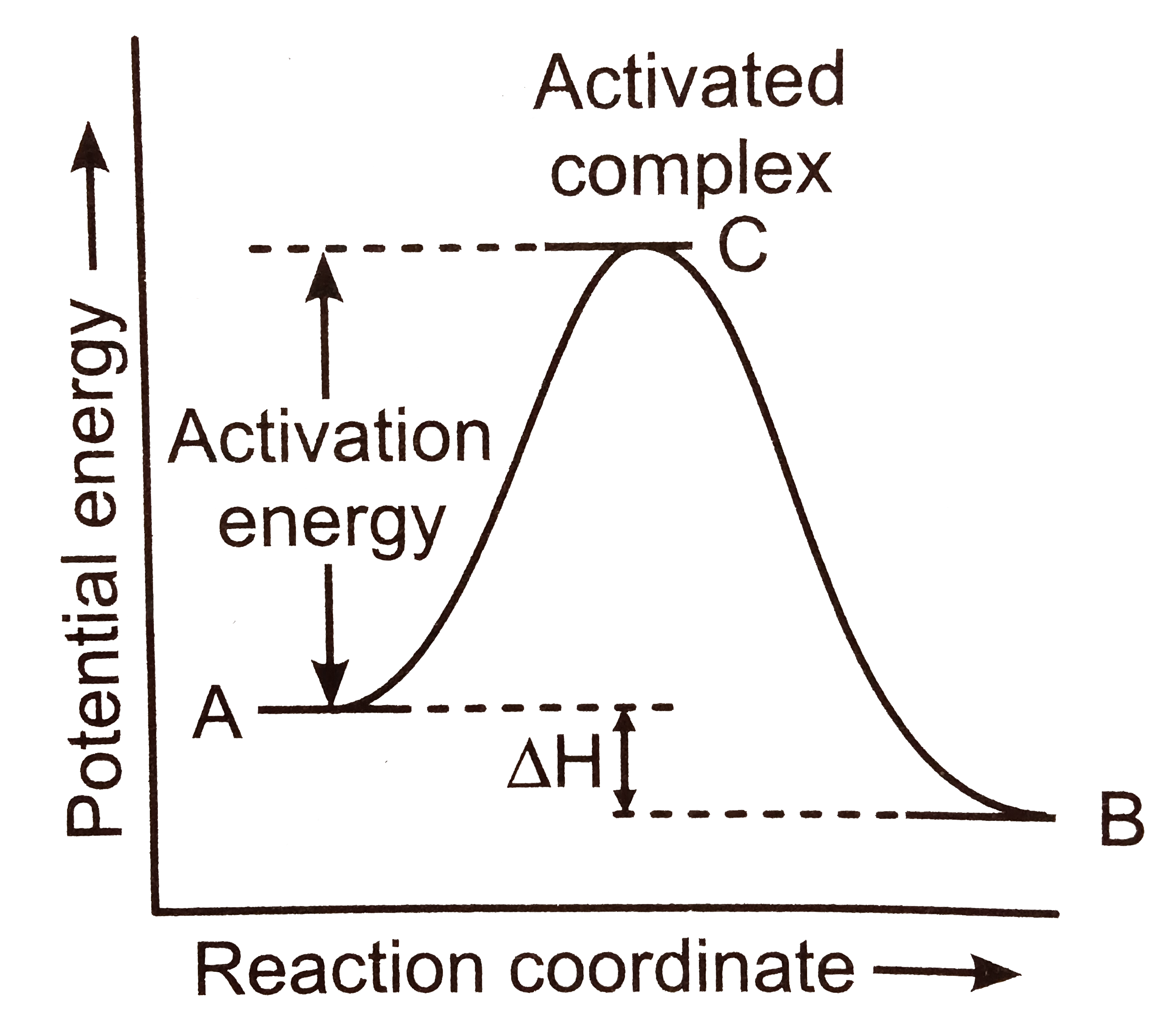In an endo-ergic reaction the binding energies of reactants and products are respectively
The correct Answer is:C
Step by step video, text & image solution for In an endo-ergic reaction the binding energies of reactants and products are E_(1), E_(2) respectively by Physics experts to help you in doubts & scoring excellent marks in Class 12 exams.
Topper's Solved these Questions
- BOOK - NARAYNACHAPTER - NUCLEAR PHYSICSEXERCISE - Level-1 (C.W)21videos
NUCLEAR PHYSICS
- BOOK - NARAYNACHAPTER - NUCLEAR PHYSICSEXERCISE - Level-II (C.W)14videos
NUCLEAR PHYSICS
- BOOK - NARAYNACHAPTER - NUCLEAR PHYSICSEXERCISE - LEVEL-II-(H.W)9videos
NUCLEAR PHYSICS
- BOOK - NARAYNACHAPTER - MOVING CHARGES AND MAGNETISMEXERCISE - EXERCISE - 420videos
MOVING CHARGES AND MAGNETISM
- BOOK - NARAYNACHAPTER - NUCLEI EXERCISE - ASSERTION & REASON5videos
NUCLEI
Similar Questions
Knowledge Check
- Question 1 - Select One
In an exo-ergic reaction the binding energies of reactants and products are E1,E2 respectively then
AE1<E2BE1=E2CE1>E2DE1≥E2 - Question 2 - Select One
Given that the binding energies of the nuclei of element Pand Q are Ep and EQ respectively and if two nuclei of element P fuse to give one nucleus of element Q accompanied by the release of energy e, find how EP,EQ and e are related to each other.
AEQ+e=2EPB2EQ+e=EPCEP+e=2EQD2EP+e=EQ - Question 3 - Select One
The nuclear binding energies of the elements P and Q are EP and EQ respectively. Three nuclei of elements Q fuse to form one nucleus of element P. In this process the energy released is 'e'. The correct relation between EP,EQ and e will be
AEQ=3EP+eBEQ=3EP−eCEP=3EQ+eDEP=3EQ−e
In a hydrogen atom, the binding energy of the electron in the ground state is E1 then the frequency of revolution of the electron in the nth orbit is
View SolutionThe energy required to form the intermediate, called activated complex (C) is known as activation energy (Ea). The diagram is obtained by plotting potential energy vs. reaction coordinate. Reaction coordinate represents the profile of energy change when reactants change into products.
Some energy is released when the complex decomposes to form products. So, the heat of the reaction depends upon the nature of reactants and products.

If a reaction A+B→C, is exothermic to the extent of 30kJmol−1 and the forward reaction has an activation energy of 249kJmol−1, the activation energy for reverse reaction in kJmol−1 is:View SolutionIf m1 and m2 are masses of two reactants in any reaction, having their gram equivalent masses E1 and E2 respectively, which of the following equatios represents the law of equivence correctly?
View SolutionA certain endothermic reaction: A→ Product, ΔH=+ve proceeds in a sequence of three elementary steps with the rate constants K1,K2 and K3 and each one having energy of activation Ea,E2 and E3 respectively at 25∘C. The observed rate constant for the reaction is equal to K3√K1K2.A1,A2 and A3 are Arrhenius parameters respectively.
The observed energy of activation for the reaction is:View SolutionA certain endothermic reaction: A→ Product, ΔH=+ve proceeds in a sequence of three elementary steps with the rate constants K1,K2 and K3 and each one having energy of activation Ea,E2 and E3 respectively at 25∘C. The observed rate constant for the reaction is equal to K3√K1K2.A1,A2 and A3 are Arrhenius parameters respectively.
The observed Arrhenius parameter for the reaction is:View Solution

